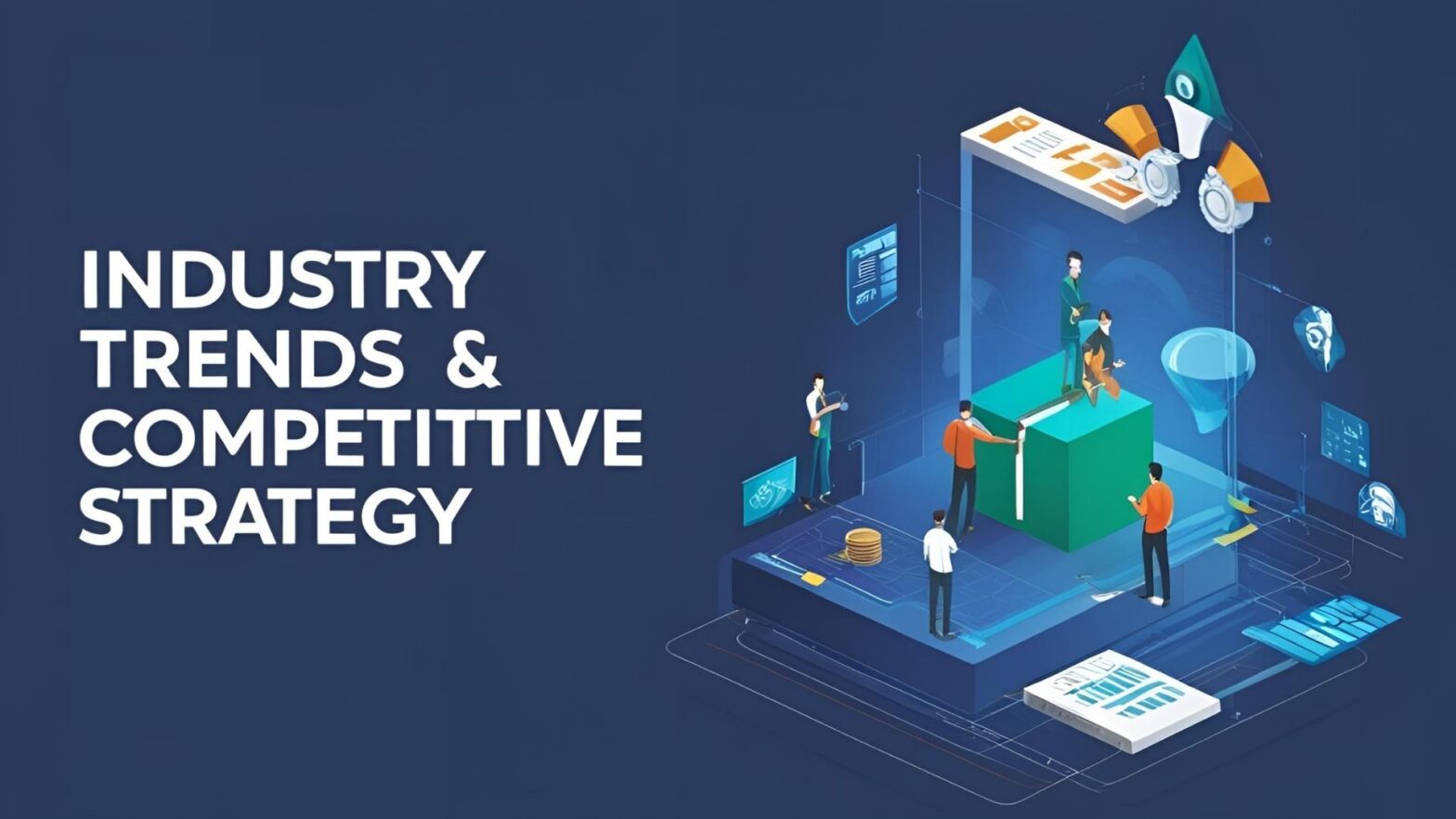As the building materials industry continues to evolve, distributors are increasingly turning to Enterprise Resource Planning (ERP) systems to streamline operations, improve visibility, and enhance customer experience. In 2025, ERP implementation is no longer a competitive advantage—it’s a necessity. For distributors dealing with thousands of SKUs, complex inventory cycles, supplier negotiations, credit management, and multi-location logistics, ERP systems serve as the backbone of operational excellence.
This product guide provides a detailed overview of how building material distributors can implement ERP effectively in 2025, including key features to consider, implementation strategies, and measurable benefits.
Why ERP Matters for Building Material Distributors
Distributors in the building supply chain deal with multifaceted challenges:
Managing large inventories with fluctuating demand
Coordinating deliveries across job sites and locations
Handling customer-specific pricing, returns, and credit terms
Ensuring timely billing and financial reconciliation
An ERP system offers a centralized platform to integrate all these operations—from sales and purchase orders to warehouse and finance—providing complete visibility and control in real time.
Key ERP Features to Look for in 2025
Selecting the right ERP solution is crucial. In 2025, the ideal ERP system for distributors must support:
- Real-Time Inventory Management
Multi-location tracking for warehouses and yards
Automated stock level alerts and reorder triggers
Batch and lot tracking for compliance and traceability
- Integrated Sales and Order Processing
Streamlined quote-to-cash workflows
Customer-specific pricing and discount management
Digital approval and e-invoicing tools for faster order processing
- Procurement and Supplier Management
Automated purchase order generation
Supplier performance analytics and order history tracking
Real-time syncing with inventory levels to avoid overstock or stockouts
- Financial and Credit Management
Built-in accounts receivable and payable modules
Customer credit limits, risk profiling, and alerts
Seamless integration with bank feeds and audit trails
- Delivery and Logistics Integration
GPS-enabled tracking of shipments
Automated routing and delivery scheduling
Real-time proof of delivery (POD) updates
- Business Intelligence and Reporting
Custom dashboards for sales, inventory, and financial metrics
Predictive analytics for demand forecasting
Drill-down reports for better decision-making
- User-Friendly Interface and Mobile Access
Role-based dashboards for sales, warehouse, finance, and management teams
Mobile access for on-site staff and delivery agents
Cloud-based flexibility for remote operations
Steps for Successful ERP Implementation in 2025
Implementing ERP is not a plug-and-play solution—it requires thoughtful planning, cross-functional involvement, and expert support. Follow these stages for a smooth transition:
Step 1: Evaluate Business Needs and Processes
Map out current workflows and identify gaps or inefficiencies. Involve teams from sales, warehouse, finance, and procurement to ensure the ERP system aligns with actual needs.
Step 2: Select the Right ERP Vendor
Choose a vendor with experience in the building materials sector. Ask for demos, client references, and detailed implementation timelines. Also, ensure the system is scalable and integrates with existing tools.
Step 3: Prepare a Phased Implementation Plan
Roll out ERP modules in phases—starting with core modules such as inventory and finance, followed by order management, CRM, and logistics. This minimizes disruptions and allows teams to adapt gradually.
Step 4: Data Migration and Validation
Clean and standardize your data before migrating. Validate item codes, customer details, supplier lists, and financial records to ensure accuracy from day one.
Step 5: Team Training and Change Management
Offer role-specific training and build internal champions who can support others. Communicate the benefits clearly to avoid resistance and foster adoption across departments.
Step 6: Monitor Performance and Optimize
Post-implementation, monitor KPIs such as order accuracy, delivery time, payment cycles, and inventory turnover. Use this data to fine-tune the system and unlock further efficiencies.
Challenges to Address During Implementation
Despite the benefits, ERP implementation can present challenges. Being prepared can reduce delays and cost overruns:
Resistance to change: Teams may be hesitant to move away from manual or legacy systems.
Customization overload: Too many customizations can lead to performance issues and high maintenance.
Data issues: Inaccurate or inconsistent data can result in workflow disruptions.
Underestimating training needs: A well-trained team is key to ERP success. Budget time and resources for continuous learning.
Benefits of ERP for Distributors in 2025
With successful implementation, distributors can expect the following tangible benefits:
30–40% improvement in order processing speed
Better cash flow through automated billing and credit controls
Accurate demand forecasting, reducing overstock and shortages
Increased customer satisfaction through faster service and transparent communication
Real-time business visibility for better strategic decisions
Conclusion
For building material distributors, 2025 is the year to embrace modern ERP systems as more than just accounting or inventory tools—they are now strategic enablers of growth and operational excellence. By investing in the right ERP solution and following a structured implementation path, distributors can future-proof their business, serve customers more efficiently, and gain a competitive edge in an increasingly digital supply chain.
Whether you’re a small regional distributor or a national supplier, ERP implementation will be a cornerstone of your digital transformation journey in 2025.


